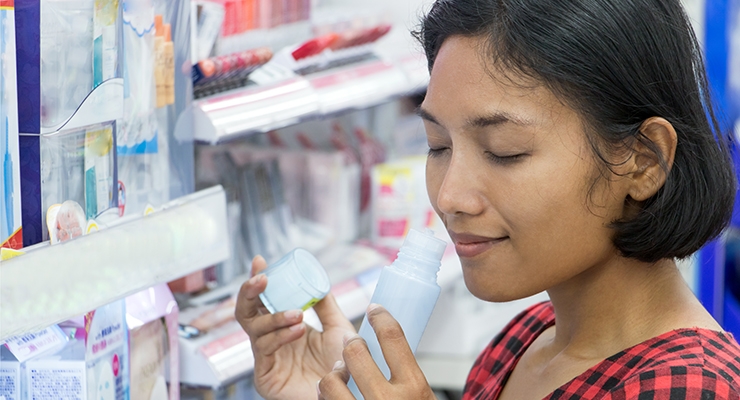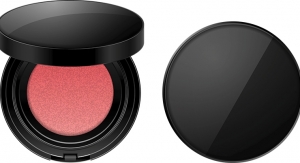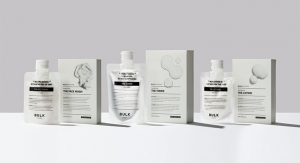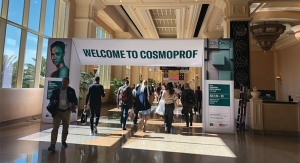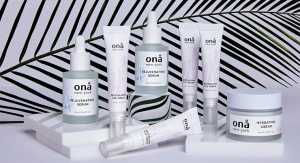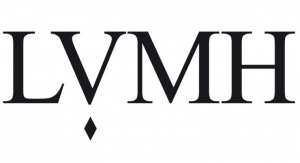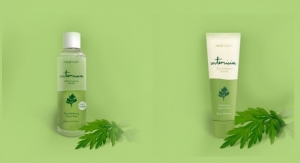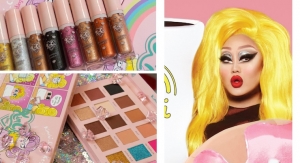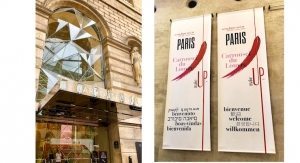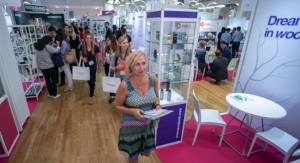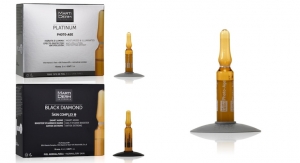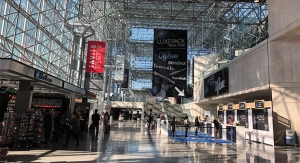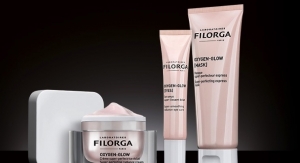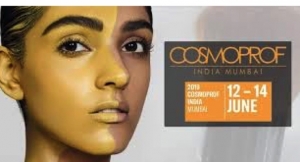Beauty Packaging Staff12.03.19
With many beauty companies eyeing consumers in Asia for expansion, it is essential to determine some of this influential population’s distinct demands. Now, new data from insights and consulting firm Kantar shows that some of the key drivers of growth in the Asia beauty market are natural ingredients that help consumers achieve good skin health, makeup that helps people obtain a natural look, and skincare products aimed at male shoppers. The company’s Beauty Trends in Asia report highlights the factors behind the +8% growth in beauty product sales between 2017-18 compared to +4% for fast-moving consumer goods (FMCG) as a whole, while sales of personal care products in the region continue to outperform the total FMCG market.
"Asian people believe health is almost twice as important to their happiness as having more money," says Ashley Kang, head of beauty sector at Kantar Worldpanel division, which tracks usage and shopper behavior concerning beauty products.
"They see what they put on their skin as a health supplement – and this has changed the products and benefits they desire. They are extremely knowledgeable too, so brands must be transparent in their communications. The wellness trend is also encouraging certain emerging formats to thrive," says Kang.
New sophisticated formats in skincare and makeup that provide derma-care properties are rising in popularity. Derma brands have reached almost 45% penetration in Korea, a sizable gain from just over 25% in 2017. Their second highest reach is Taiwan at 40%, an increase from 37.6% in 2017.
Serums (strongest in Korea) and masks (Mainland China) are currently the fastest-growing skincare formats in Asia.
The natural look is driving the launch of new ranges and variants
The most sought-after look in Asia right now, according to Kantar, is a natural glow. Being well-hydrated is a prerequisite for this look, which has helped drive sales of serums that promise intense hydration. Penetration of serums is highest in Korea at 61%, rising from 58% in 2017. In China, penetration has increased from 18% in 2017 to nearly 26% today.
However, this “effortless” natural look can require significant work. The specific makeup products that help people achieve the right translucent effect include liquid foundation, BB creams, and primer/concealer – all of which are soaring in popularity, according to the research firm’s data.
Kantar predicts that makeup that provides skincare or medicinal benefits will be a major growth area for the future. Various crossover products have already emerged between the skincare and makeup segments, such as toner cream that instantly brightens the skin. Positioning these products closer to skincare can be an effective strategy in China, where there remains a perception that the pigments in makeup could be harmful.
Men-only skincare is another major growth opportunity
The number of men using skincare products is also growing steadily across Asia, particularly in China, South Korea and Thailand, according to Kantar. Men are buying in more categories as they add more steps to their beauty regime. However, most are still not buying products that have been created specifically for men. Products targeted at men contribute 10% of the total value sales for beauty in the region, but this segment is growing slower than unisex skincare brands.
"Men in their twenties are most likely to buy men-only skincare products, but as they get older they begin to use whatever products they find on the bathroom shelf," continues Kang. "There is a substantial growth opportunity here for brands that can shift spend from unisex products to men-only variants, and prevent men from 'lapsing' as they get older, particularly for products promising oil control, anti-aging, whitening, and sunscreen benefits."
Consumers crave products that are 'just for me'
Kantar also found that shoppers in Asia believe that if a product is tailored to them, it will be more effective—and it also helps them to feel special. Customization is rapidly gaining momentum in both skincare and makeup. Computer-aided diagnosis enables skincare brands to assess an individual's skin and formulate a product that provides the benefits specific to that individual. Makeup with customized colors, textures, and finishes is also growing in popularity.
Read more
See more on the Skincare Market here.
"Asian people believe health is almost twice as important to their happiness as having more money," says Ashley Kang, head of beauty sector at Kantar Worldpanel division, which tracks usage and shopper behavior concerning beauty products.
"They see what they put on their skin as a health supplement – and this has changed the products and benefits they desire. They are extremely knowledgeable too, so brands must be transparent in their communications. The wellness trend is also encouraging certain emerging formats to thrive," says Kang.
New sophisticated formats in skincare and makeup that provide derma-care properties are rising in popularity. Derma brands have reached almost 45% penetration in Korea, a sizable gain from just over 25% in 2017. Their second highest reach is Taiwan at 40%, an increase from 37.6% in 2017.
Serums (strongest in Korea) and masks (Mainland China) are currently the fastest-growing skincare formats in Asia.
The natural look is driving the launch of new ranges and variants
The most sought-after look in Asia right now, according to Kantar, is a natural glow. Being well-hydrated is a prerequisite for this look, which has helped drive sales of serums that promise intense hydration. Penetration of serums is highest in Korea at 61%, rising from 58% in 2017. In China, penetration has increased from 18% in 2017 to nearly 26% today.
However, this “effortless” natural look can require significant work. The specific makeup products that help people achieve the right translucent effect include liquid foundation, BB creams, and primer/concealer – all of which are soaring in popularity, according to the research firm’s data.
Kantar predicts that makeup that provides skincare or medicinal benefits will be a major growth area for the future. Various crossover products have already emerged between the skincare and makeup segments, such as toner cream that instantly brightens the skin. Positioning these products closer to skincare can be an effective strategy in China, where there remains a perception that the pigments in makeup could be harmful.
Men-only skincare is another major growth opportunity
The number of men using skincare products is also growing steadily across Asia, particularly in China, South Korea and Thailand, according to Kantar. Men are buying in more categories as they add more steps to their beauty regime. However, most are still not buying products that have been created specifically for men. Products targeted at men contribute 10% of the total value sales for beauty in the region, but this segment is growing slower than unisex skincare brands.
"Men in their twenties are most likely to buy men-only skincare products, but as they get older they begin to use whatever products they find on the bathroom shelf," continues Kang. "There is a substantial growth opportunity here for brands that can shift spend from unisex products to men-only variants, and prevent men from 'lapsing' as they get older, particularly for products promising oil control, anti-aging, whitening, and sunscreen benefits."
Consumers crave products that are 'just for me'
Kantar also found that shoppers in Asia believe that if a product is tailored to them, it will be more effective—and it also helps them to feel special. Customization is rapidly gaining momentum in both skincare and makeup. Computer-aided diagnosis enables skincare brands to assess an individual's skin and formulate a product that provides the benefits specific to that individual. Makeup with customized colors, textures, and finishes is also growing in popularity.
Read more
See more on the Skincare Market here.

